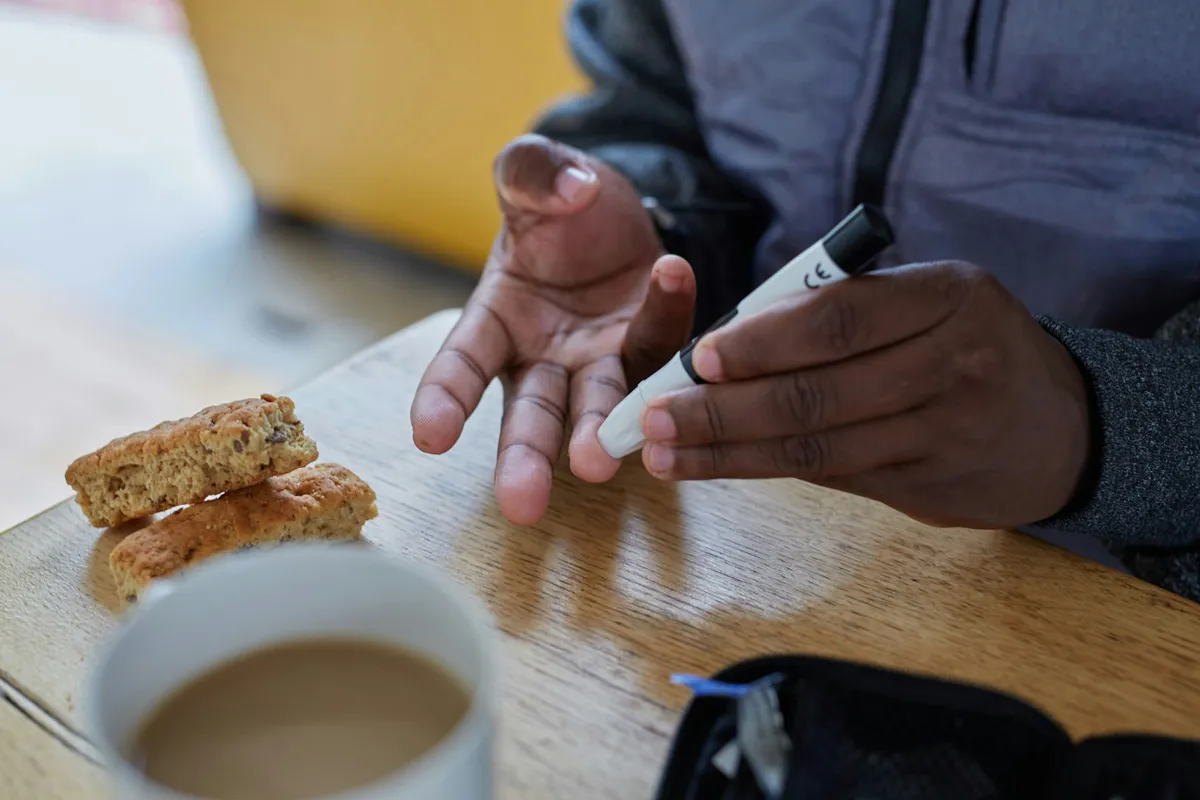
Diabetes, once considered an old-age disease, is now alarmingly common among middle-aged and even younger adults. Shockingly, about one in two adults is in a state of abnormal blood sugar levels, yet many remain unaware. How does blood sugar spiral out of control? Let’s delve into the process.
The Role of Glucose: Our Body’s Fuel
Glucose is essential for every breath, heartbeat, and thought. Imagine your body as a power plant, with glucose as the coal. This fuel is absorbed through the digestive tract and transported via the bloodstream. In a healthy adult, only about four grams of glucose circulate in the blood to maintain normal blood sugar levels. The rest is stored in liver and muscle cells as glycogen, regulated by insulin.
When you eat, blood glucose levels rise, prompting insulin to help store the excess glucose. Insulin receptors act as gatekeepers, allowing glucose into cells where it is either used for energy or stored as glycogen. Muscles, equipped with mitochondria, can quickly convert glycogen to energy. The liver, as a backup storage, releases glucose when blood levels drop too low. When glycogen storage is maxed out, excess glucose is converted to fat and stored in fat cells, akin to an oil reserve for the body.
How Blood Sugar Gets Out of Control
When you overconsume high-carb and high-fat foods, particularly refined carbohydrates like white rice and bread, your blood sugar spikes rapidly post-meal. The excess glucose is converted to fat, and as fat cells become full, free fatty acids begin to circulate in the blood, causing insulin resistance.
Insulin resistance means that insulin receptors stop responding effectively, preventing glucose from entering cells. The pancreas compensates by producing more insulin, but over time, this leads to “insulin resistance.” Eventually, the overworked beta cells in the pancreas cannot keep up, and insulin production drops, leading to high blood sugar levels.
The Domino Effect of High Blood Sugar
- Post-Meal Blood Sugar Spikes: When blood sugar rises too quickly after a meal, it suppresses orexin, a hormone that keeps you awake and alert. This can make you feel drowsy and sluggish after eating.
- Rapid Drops in Blood Sugar: Excessive insulin production can cause blood sugar levels to drop rapidly, leading to hunger and potential hypoglycemia before the next meal.
- Miscommunication in the Brain: Free fatty acids interfere with the hypothalamus, the brain’s regulatory center, making it think the body needs more glucose, thus prompting increased food intake.
As insulin resistance progresses, glucose cannot enter cells efficiently, leading to a vicious cycle of high blood sugar and increased fat storage. Free fatty acids also damage beta cells, reducing insulin secretion further and exacerbating the problem.
Recognizing the Warning Signs
Initially, fasting blood glucose levels might appear normal, but post-meal blood sugar levels can reveal the underlying issue. The Oral Glucose Tolerance Test (OGTT), commonly known as the “sugar water” test, is used to diagnose glucose intolerance. Blood sugar levels between 7.8 to 11.0 mmol/L indicate impaired glucose tolerance, a precursor to diabetes.
If fasting blood sugar levels rise to 6.1-6.9 mmol/L, this indicates impaired fasting glucose, another warning sign of prediabetes. According to American standards, fasting blood sugar above 5.6 mmol/L is also considered prediabetic.
The Risk of Ignoring Blood Sugar Levels
Unchecked high blood sugar can lead to type 2 diabetes, characterized by chronic hyperglycemia. This condition causes oxidative stress and inflammation, leading to complications like neuropathy, diabetic foot, vision loss, and multi-organ failure. Even minor injuries can become life-threatening.
Reversing Prediabetes with Lifestyle Changes
The good news is that insulin resistance can be reversed with timely lifestyle changes. Adopting a diet rich in whole grains instead of refined carbs, reducing sedentary behavior, and increasing physical activity can significantly improve blood sugar levels. A simple regimen of brisk walking for 17-20 minutes daily (equivalent to 12 km per week) can make a substantial difference.
Conclusion
Blood sugar changes silently, and by the time it becomes noticeable, it may already be out of control. Don’t wait for that moment to read about managing your blood sugar. Make proactive changes today to maintain your health and prevent diabetes.
By understanding the mechanisms and taking preventive measures, you can keep your blood sugar levels in check and reduce the risk of developing diabetes.

